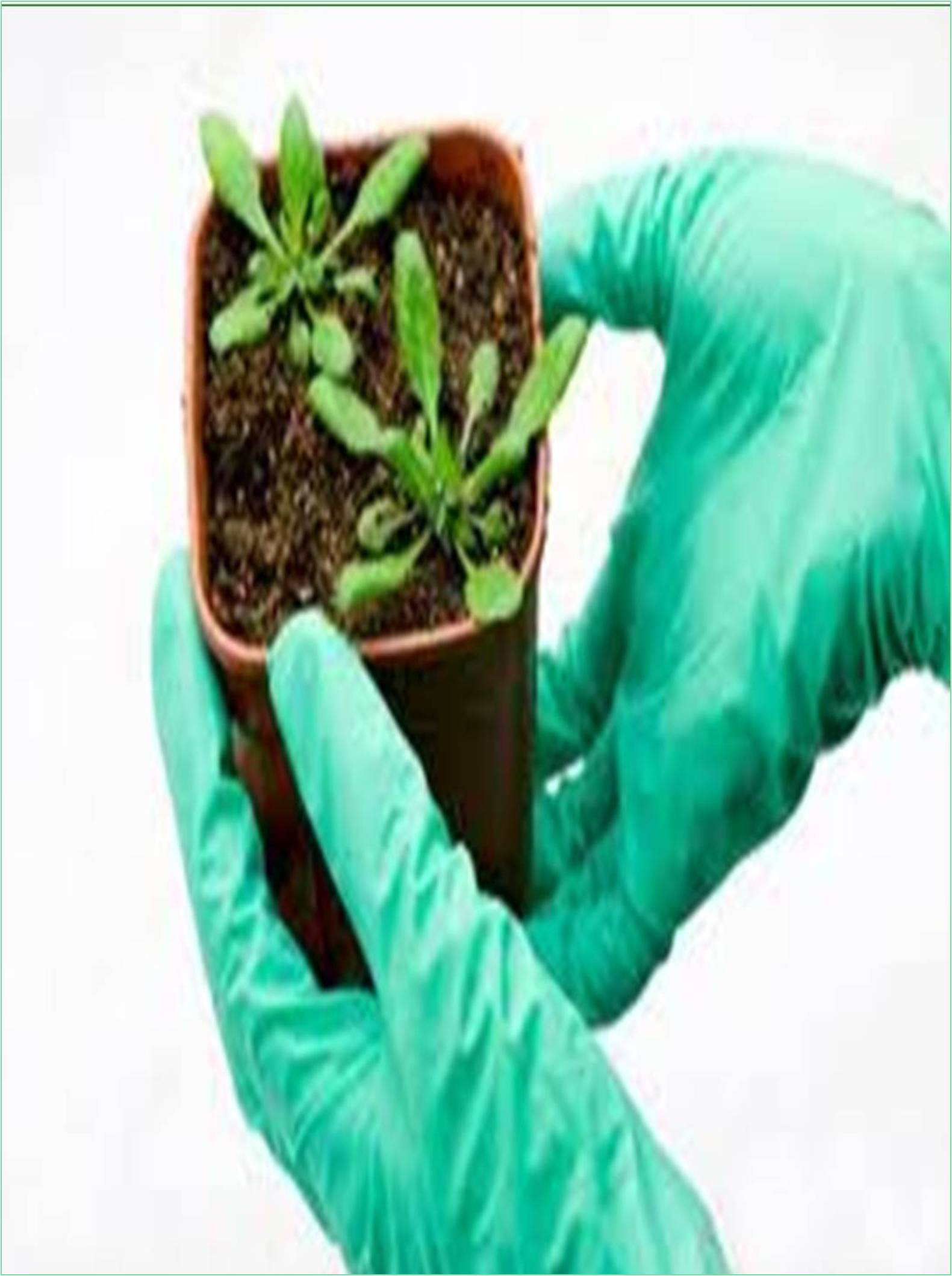



Received: 04-Feb-2022, Manuscript No. GJCSSPB-22-59480; Editor assigned: 07-Feb-2022, Pre QC No. GJCSSPB-22-59480(PQ); Reviewed: 21-Feb-2022, QC No. GJCSSPB-22-59480; Revised: 28-Feb-2022, Manuscript No. GJCSSPB-22-59480(R); Published: 07-Mar-2022, DOI: 10.15651/2437-1866.22.9.48
Callus cultures are cultures of dedifferentiated plant cells that are usually induced under in vitro conditions in a medium containing relatively high concentrations of auxin or a combination of auxin and cytokinin. For plants in which the metabolites of interest are present in the leaves, establishing in vitro cultures from the leaves and using them for compound extraction is an ideal alternative. Callus cultures containing bioactive substances are collected at specific stages (usually due to the increased production of secondary metabolites during the stationary phase of the growth cycle), dried, extracted and the extract identified and used for quantification. Increased yields is produced by first growing callus in a shaking flask culture and then in a well-designed bioreactor. Plants regenerated from culture (callus, single cells or protoplasts) often show significant variability (soma clonal variation), many of which are useless or harmful. However, plants with useful properties can also grow. For example, if the plant is regenerated from the leaf protoplasts of potato varieties that are sensitive to both Phytophthora infestans and Alternaria solani, some of them (5 out of 500) are resistant to A. solani and some (out of 800, only 20) was resistant to P. infestans. Similarly, plants showing increased resistance to diseases caused by Cochliobolus and Ustilago were obtained from sugarcane tissue culture. A plant callus (multiple callus or callus) is a growing mass of chaotic plant parenchymal cells. In living plants, callus cells are the cells that cover the wounds of the plant. In biological research and biotechnology, callus formation is induced in vitro (in a closed culture vessel such as a Petri dish) from a plant tissue sample (outer plant) after surface sterilization and plating on tissue culture medium. The medium is supplemented with plant growth regulators such as auxin, cytokinin, and gibberellin to initiate callus formation or somatic embryogenesis. The start of callus is described for all major groups of terrestrial plants. Plant species representing all major terrestrial plant groups have been shown to be able to produce callus in tissue culture. Callus cell cultures are usually maintained in gel medium. Callus-inducing medium consists of agar and a mixture of cell-type-specific major and micronutrients. There are several types of basal salt mixtures used in plant tissue culture, but the most notable are Murashige and Skoog Medium, White Medium, and Kimoto Plant Medium. Vitamins are also provided to promote growth such as B5 Vitamin. Concentration of nitrogen, phosphorus and potassium is especially important for plant cells. Plant callus is usually obtained from body tissue. The tissue used to initiate callus formation depends on the plant species and the tissue available for explant culture. The cells that give rise to callus and somatic embryos are usually rapidly dividing or partially undifferentiated. However, the callus and somatic embryo in Medicago truncatula, is derived from dedifferentiated mesophyll cells. Plant hormones are used to initiate callus growth. After callus formation, the concentration of hormones in the medium can be modified to shift development from callus to rooting, shoot growth, or somatic embryogenesis. The callus tissue then undergoes further cell growth and differentiation to form the primordial origin of the corresponding organ. Fully developed organs can be used for the regeneration of new mature plants. Specific auxin to cytokinin ratios in plant tissue culture media result in disordered growth and division of callus cells. Callus culture is often broadly categorized as either compact or brittle. Compact callus are usually green and tough, while brittle callus are white to half-white in color and can easily fall apart and be used for cell suspension cultures and somatic embryo production. In corn, these two types of callus are called type I (compact) and type II (brittle). Callus can undergo direct organogenesis and / or embryogenesis in which cells form completely new plants. This process is known as callus culture. Callus cells are not always genetically homogeneous, as callus is often composed of structural tissue rather than individual cells. Nevertheless, callus cells are often considered similar enough to perform standard scientific analysis as if they were in a single subject. For example, in one experiment, half of the callus may be treated as an experimental group and the other half may be treated as a control group but similarly inactive. Plant callus from many different cell types can be differentiated throughout the plant by adding plant hormones to the medium. This is a process called as regeneration. This ability is called totipotency.